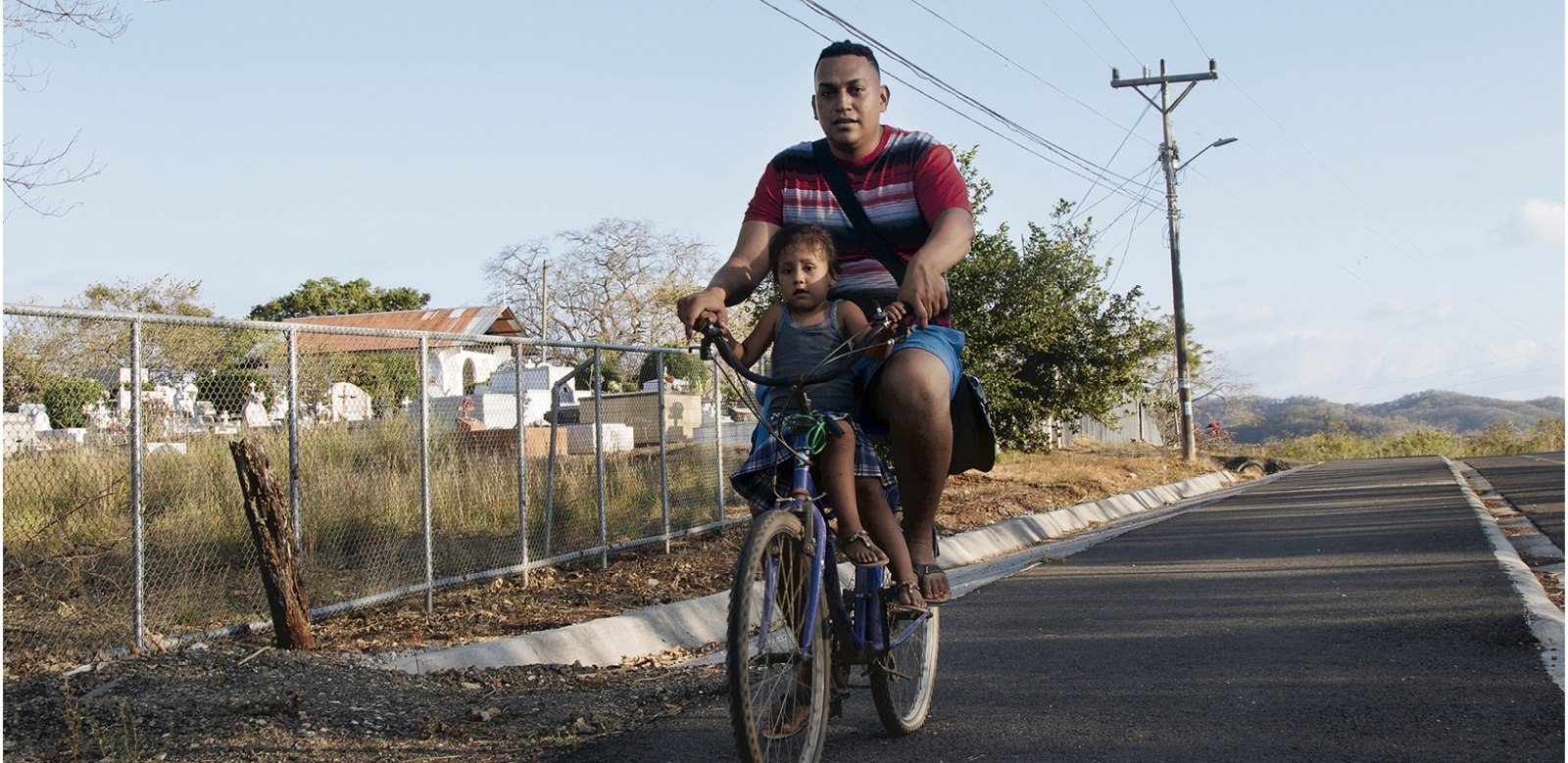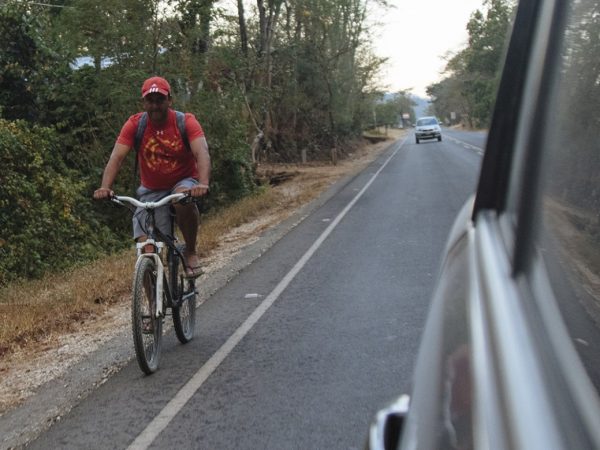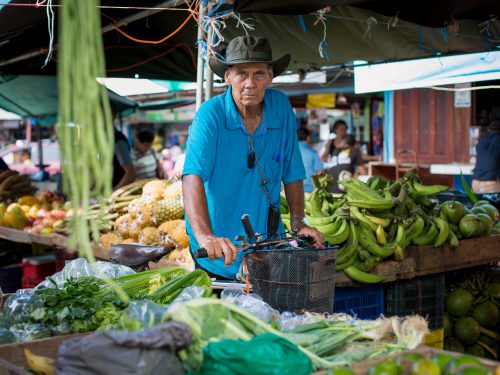
On the last day of 2016 a man died while riding his bike in Quebrada Honda de Nicoya. He lost control, didn’t have any reflective gear, and a car hit him, according to a report that the Red Cross released to the media.
This is how years begin and end, yet bike lane projects remain shelved in institutional offices.
Citizens aren’t waiting for Santa Claus to bring them a bike lane. In Santa Cruz, Nicoya, and Liberia residents have gone before the municipal councils to request that council members support their projects and find ways to fund them.
Mayors and other leaders will say that there are lot of projects, but not much money. The truth is that an important amount of funds from local governments that are earmarked for communities remains unspent year after year. These monies could be spent on protecting their citizens.
Just ask the Municipality of Santa Cruz, which has left over ¢80 colones on the table that were allocated to specific budget items during the last five years. This happened because the projects were poorly designed and the previous council sent them to the Legislative Assembly without ensuring that they could be executed.
Legislation does not allow these funds to be used on other projects because a specific law is created for each project. Only another law could change the use of these funds.
With so much bureaucracy, the funds can only dream about becoming a project that could save a child’s life. And this is just one example of all the ways that resources could be generated – better tax collection and public/private construction projects could also be added to the list.
Another way in which authorities could tighten their belts is in the area of controlling reckless actions by people who use bicycles as transportation. Journalists at La Voz de Guanacaste have observed not only how fathers in Nicoya drop off their kids at school with up to three people on a single bike, but also how traffic police officers watch them without saying a word.
Since 2013, an executive decree obliges cyclists to use reflective items and helmets, but nobody does because nobody fines them.
With strong driver’s education in schools and well-planned infrastructure investment, deaths on the highways could begin to decrease. But how many deaths do we need to build a single bike lane?







Comments